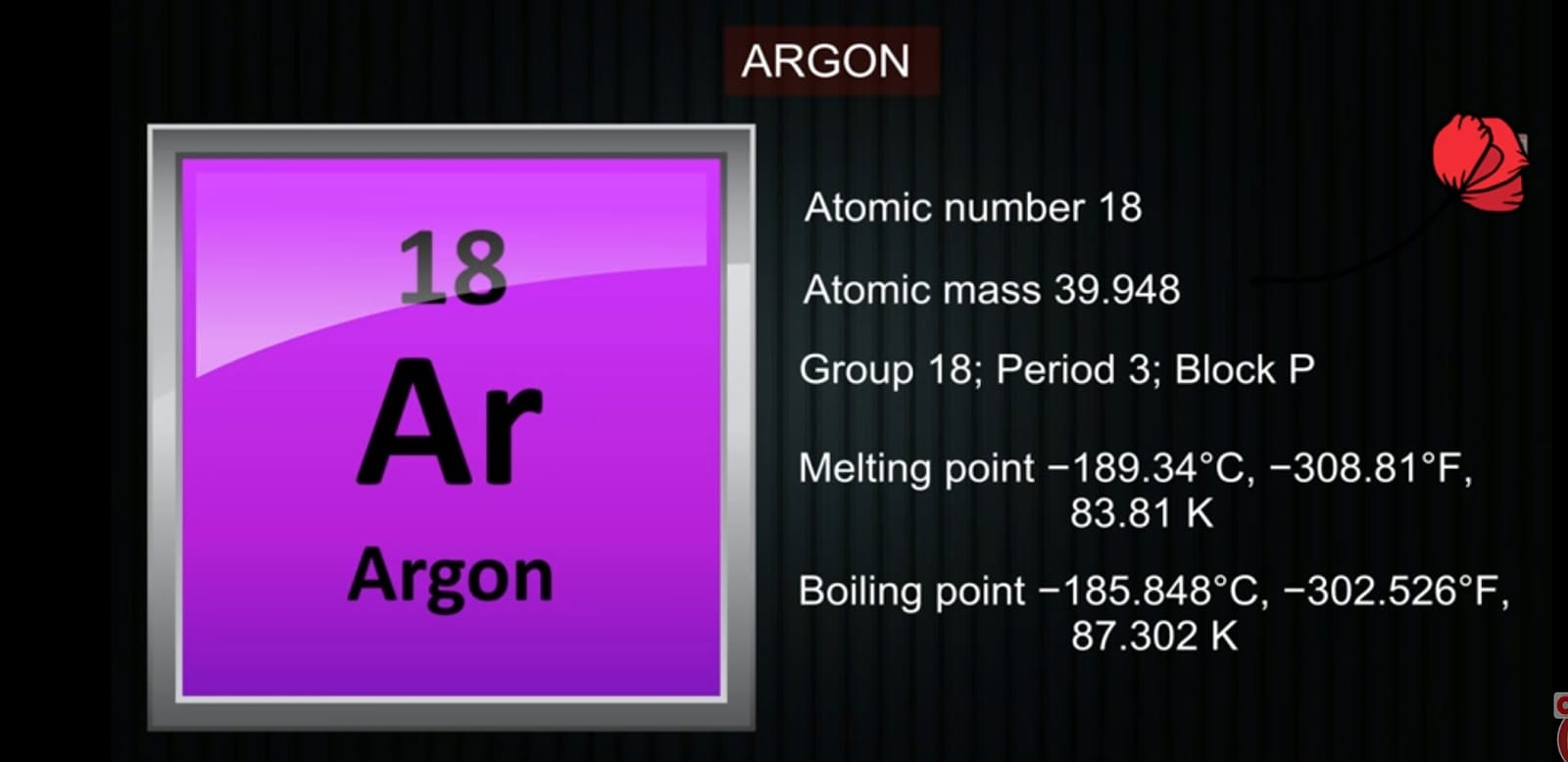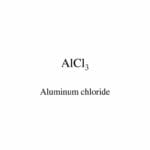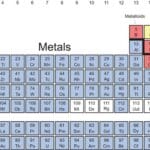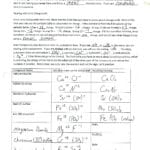Unlock the secret to Argon’s exceptional stability: its complete octet, perfectly illustrated by its simple yet profound Lewis dot structure. This guide provides a step-by-step walkthrough, clarifying misconceptions and exploring the real-world applications of this inert gas.
Understanding Argon’s Inertness
Let’s explore Argon’s remarkable stability and unreactivity, properties directly linked to its electron arrangement—a picture perfectly painted by its Lewis dot structure. We’ll delve into the “why” behind its behavior and its numerous practical applications.
Argon’s Electron Configuration: The Foundation of Inertness
Argon (Ar), element number 18, possesses 18 electrons. Its electron configuration, 1s²2s²2p⁶3s²3p⁶, reveals the key to its inertness. Notice the outermost shell (3s and 3p subshells) is completely filled with eight electrons. These are called valence electrons—the electrons primarily involved in chemical bonding. This full complement of eight valence electrons is also known as a complete octet.
Building Argon’s Lewis Dot Structure: A Step-by-Step Guide
The Lewis dot structure is a simple visual representation of an atom’s valence electrons. For Argon, it’s remarkably straightforward.
Step 1: The Symbol: Write the Argon symbol, “Ar.”
Step 2: Counting Valence Electrons: Argon has eight valence electrons.
Step 3: Arranging the Dots: Place eight dots around the “Ar” symbol, typically one dot per side initially, then pairing them up. This represents the full outer shell.
Result:
..
:Ar:.
..
Some resources may show zero dots, representing a full shell, but showing all eight dots provides a more comprehensive representation of the valence electrons present. The choice depends on the surrounding context and intended audience, although showing eight dots is typically preferred for illustrative purposes.
The Octet Rule: The Heart of Argon’s Stability
Argon’s Lewis dot structure beautifully exemplifies the octet rule. This rule suggests that atoms tend towards having eight electrons in their outermost shell for maximum stability. Argon, with its complete octet, already possesses this stability, explaining its unreactivity. It doesn’t need to gain, lose, or share electrons to reach a stable state.
Comparing Argon to Its Neighbors: Reactivity Contrasts
Let’s compare Argon’s behavior to that of other elements.
| Element | Atomic Number | Electron Configuration | Valence Electrons | Lewis Dot Structure | Reactivity |
|---|---|---|---|---|---|
| Argon (Ar) | 18 | 1s²2s²2p⁶3s²3p⁶ | 8 | See above | Very Low |
| Neon (Ne) | 10 | 1s²2s²2p⁶ | 8 | Similar to Argon | Very Low |
| Chlorine (Cl) | 17 | 1s²2s²2p⁶3s²3p⁵ | 7 | 7 dots around Cl | High |
Neon (Ne), another noble gas, also has a full outer shell and a similar Lewis dot structure, resulting in very low reactivity. Chlorine (Cl), however, only has seven valence electrons, making it highly reactive as it seeks an additional electron to complete its octet. This comparison highlights the close link between a complete octet and exceptional stability.
Argon’s Real-World Applications: Inertness in Action
Argon’s inertness translates into numerous practical applications.
| Application | How Argon’s Inertness Helps |
|---|---|
| Welding | Prevents oxidation of the weld metal. |
| Light Bulbs | Protects the filament from burning out quickly. |
| Protecting Reactive Materials | Prevents unwanted chemical reactions. |
| Other Industrial Processes | Provides an inert atmosphere where reactions need to be controlled carefully. |
Its stability allows it to function as a protective gas in welding, preventing unwanted reactions between molten metal and oxygen in the air. Similarly, its use in incandescent light bulbs prevents the filament from oxidizing and extending the lifespan. These examples reveal the practical significance of Argon’s simple, yet profound, Lewis dot structure.
Beyond the Basics: Further Exploration
Understanding Argon’s Lewis dot structure lays the foundation for comprehending atomic behavior and molecular formation. It’s a critical stepping stone for understanding more complex chemical concepts. This understanding is continually refined through ongoing research, potentially leading to new and unexpected applications of this remarkable element.
What is the Lewis structure of Cr?
Chromium (Cr) presents a more complex case than Argon; its Lewis structure isn’t as straightforward. Unlike main group elements whose valence electrons are easily determined, transition metals like chromium exhibit more intricate electron behavior.
Chromium’s Electron Configuration and the Unexpected Twist
Chromium’s electron configuration is unexpectedly 3d⁵4s¹, rather than the predicted 3d⁴4s². This unusual arrangement leads to increased stability. This complexity makes a simple dot-and-cross Lewis diagram insufficient for fully representing its bonding behavior. Advanced theories, such as Valence Bond Theory or Molecular Orbital Theory, are needed for a complete understanding.
Limitations of Simple Lewis Structures for Transition Metals
Simple Lewis structures are powerful tools for understanding main group elements, but they fall short when it comes to transition metals. The involvement of d-orbitals in bonding adds considerable complexity that these simplified diagrams cannot capture. Therefore, for a more complete picture of chromium’s bonding, more sophisticated theoretical models are necessary.
How Many Dots Does Ar Have?
Argon’s Lewis dot structure features eight dots surrounding the symbol “Ar,” directly representing its eight valence electrons. This visualization clearly shows its complete octet, the source of its inertness and stability. While some might represent it with zero dots (implying a full octet), eight dots provide a more illustrative representation of those crucial valence electrons. Remember, the context of the representation matters; however, the clear visual of the full outer shell is often more valuable to the beginner.
Analyzing Competitor Titles & Crafting Superior Content
Competitive titles often focus on “complete guide,” “step-by-step,” and variations of “Lewis dot structure for argon.” To stand out, our title should be more specific and highlight the unique value proposition: understanding the why behind Argon’s exceptional stability. This could be achieved using a title like “Argon’s Inertness Explained: A Deep Dive into its Lewis Dot Structure and Noble Gas Stability,” or something similar which emphasizes the underlying reason for the observed behavior. Additionally, highlighting visual elements, such as “Argon Lewis Dot Structure: Visualizations, Applications, and Misconceptions Debunked,” would appeal to our audience.
By incorporating detailed explanations, high-quality visuals, comparisons with other elements, and tackling common misconceptions, we can create a resource that surpasses existing content. Further, discussing advanced applications and future research directions would provide a competitive edge. Remember to always cite your sources appropriately.
- Unlocking 2-Letter Words with U: The Definitive Guide - April 4, 2025
- Unlock Words with the Letters THREE: Top Unscramble Tools 2025 - April 4, 2025
- Master Scrabble: X & Z Words for High Scores - April 4, 2025
















